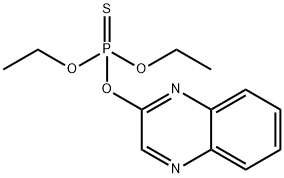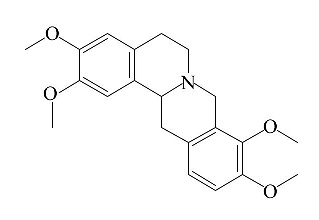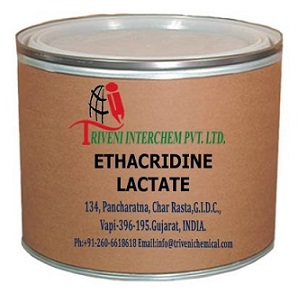Quinalphos: Chemical properties & Uses
The pure Quinalphos is white odorless crystal. Soluble in many organic solvents such as benzene, toluene, xylene, alcohol, ether, acetone, acetonitrile, ethyl acetate and so on. Slightly soluble in petroleum ether, solubility in water is 22mg / L (normal temperature). Easy to be hydrolyzed in Acidic conditions. Decomposed at 120 °C.
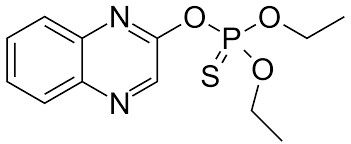
Quinalphos is a broad-spectrum pesticide and acaricide with stomach poisoning and contact killing, but no systemic and fumigation effects. It also has ovicidal effect. It has special effects on Orseoia oryzae and should be applied in the full incidence period of adult insects grown in middle-late rice field. Generally two applications are needed with an interval of every 7 to 10 days. 22.5-30mL of 25% emulsifiable concentrate with 9 ~ 22.5kg of water per 100 square meters should be sprayed each time, or broadcasting application of 180 ~ 225g of 5% granules should be done. In this case, a certain amount of water must be maintained in the field. 22.5-30mL of 25% emulsifiable concentrate with 7.5 ~ 9kg of water per 100 square meters should be sprayed each time to control rice leaf roller and rice thrips.
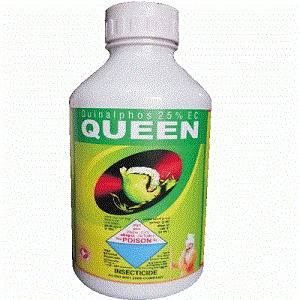
To control chilo suppressalis, tryporyza incertulas, rice planthopper, and rice leafhopper etc, 15-20mL of 25% emulsifiable concentrate with 1.13kg of water per 100 square meters should be sprayed each time, or broadcasting application of 180 ~ 225g of 5% granules should be done. 7.5-9mL of 25% emulsifiable concentrate with 7.5kg of water is sprayed in the control of cotton aphid. In addition, it is also used in the control of thrips tabaci, phyllocnistis citrella stainton, scale insect, empoasca flavescens, tea geometrid and so on.
References
Anonymous. 1996. An introduction to ayurveda. India: Ayurvedic Foundation.
Vasant, L. 2001. The textbook of Ayurveda: A complete guide to clinical assessment. Vol. I and II. Albuquerque, NM: Academic Press.
Sukh, D. 1999. Ancient–modern concordance in ayurvedic plants: Some examples. Environmental Health Perspectives 107: 783.
Dikshith, T. S. S., and Diwan, P. V. 2003. Industrial guide to chemical and drug safety. Hoboken, NJ: John Wiley & Sons Inc.
